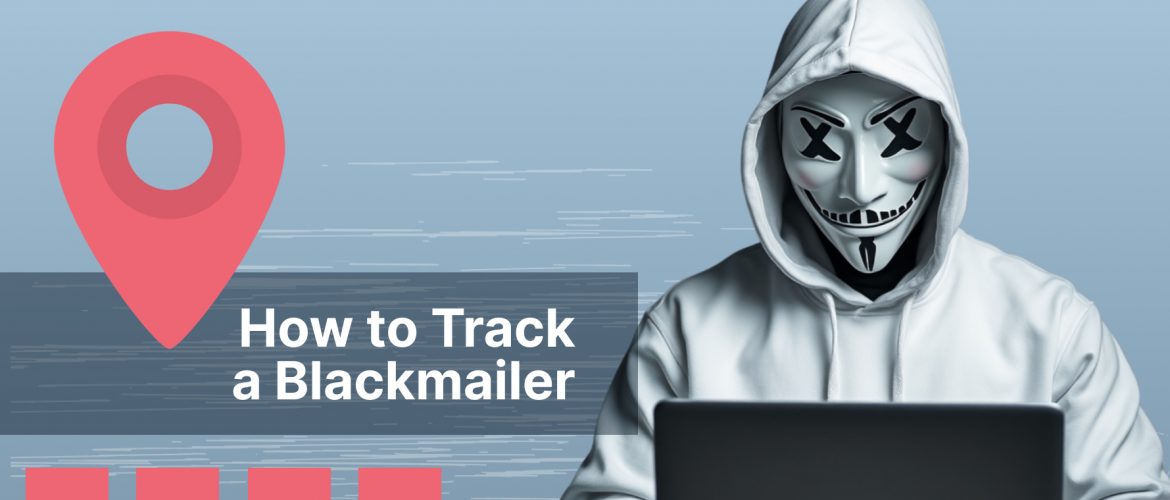Blackmail can upend daily life. An anonymous figure gains access to private details, demands payment, and leaves the victim feeling exposed and powerless. Yet there are ways to respond. By learning how to trace a blackmailer, victims and investigators can uncover a real identity and put an end to the harassment. Digital forensics experts use proven methods to follow electronic footprints, helping people regain stability and control.
Understanding Digital Extortion
Online blackmail, or digital extortion, usually relies on personal material—photos, conversations, or sensitive details—that offenders exploit to extract money or compliance. The impact goes beyond finances, often damaging careers and personal relationships.
Every online interaction leaves behind data. Skilled analysts piece together those traces into a clear picture of the crime. For victims, the most important first step is to preserve evidence.
Key actions include:
- Save all messages, files, and screenshots.
- Avoid deleting or editing communications.
- Report the crime promptly to law enforcement.
- Do not pay, as this usually leads to more demands.
Following a Blackmailer’s Digital Trail
Digital footprints reveal patterns that can help identify a perpetrator. Investigators study message timing, device types, and connection routes to map behavior and location clues.
Victims can assist by documenting everything: emails, texts, social media handles, and usernames. Internet Protocol (IP) addresses are particularly valuable. Although criminals often mask them with VPNs, experienced examiners can spot inconsistencies and link activity back to real origins.
Analyzing Electronic Communication
Emails and texts carry more than just the message. Headers and metadata reveal the path a communication took, showing technical markers and timestamps. With the right tools, this information can indicate a sender’s region or service provider.
Criminals may use fake accounts, but technical details often betray them. Specialists compare message metadata with other data sources, building a timeline of activity that weakens the blackmailer’s cover.
While doing so, victims should minimize direct responses. Quietly collect evidence and then pass it to professionals or law enforcement.
Investigating Social Media Profiles
Social platforms are a common hunting ground for blackmailers. But they can also expose them. Perpetrators sometimes reuse names, images, or personal details across accounts. Reverse image searches can uncover duplicates, while activity patterns may hint at time zones or real-world ties.
Steps to take on social media:
- Search usernames across multiple platforms.
- Run reverse image searches on shared photos.
- Note references to locations or personal details.
- Review friends, followers, or groups for connections.
These clues allow investigators to link anonymous profiles back to real individuals.
Hidden Data in Files and Media
Photos and videos may contain embedded data, such as timestamps, device details, or even GPS coordinates. If a criminal sends unedited files, this information can expose them. Free tools can extract metadata, providing useful leads for investigators.
To reduce risk, victims should avoid opening suspicious files on personal devices. Instead, use secure systems or share files directly with trusted experts.
Tools Used in Digital Investigations
Professionals rely on specialized forensic tools to recover, analyze, and interpret hidden data. These include:
- File recovery software to restore deleted messages and documents.
- Network monitors to capture traffic patterns and identify anomalies.
- Cloud data analysis to trace account activity and logins.
- Mobile forensics to recover texts, calls, and location data from devices.
Such tools turn scattered information into evidence that can hold up in court.
Using Open-Source Intelligence
Public sources are another rich field of investigation. News articles, online forums, and even dark web exchanges may reveal details about blackmail groups or tactics. By cross-referencing cases, analysts can spot patterns and link crimes to specific actors.
Legal and Ethical Boundaries
All investigations must respect the law. Victims can review their own devices and records, but deeper inquiries often require official authorization. It is also crucial to protect the privacy of innocent individuals and avoid crossing into illegal activity.
The safest path is to involve law enforcement early, giving them the authority to pursue leads while ensuring evidence remains admissible in court.
Immediate Steps for Victims
If you are targeted, act quickly:
- Do not pay the blackmailer.
- Save and organize all evidence.
- Cut off further contact with the offender.
- Report the crime to police or a cybercrime unit.
- Strengthen your accounts with new passwords and two-factor authentication.
- Seek emotional support from trusted friends or professionals.
Preventing Future Incidents
To reduce the risk of becoming a target again:
- Limit what you share online, especially personal or intimate material.
- Adjust privacy settings on all accounts.
- Be cautious with unknown friend requests or messages.
- Monitor data breaches with dedicated services and update credentials if exposed.
- Use strong, unique passwords and multi-factor authentication.
Remember that online transactions leave records. Payment platforms are increasingly regulated, and attempts to move money can often be traced back to the perpetrator.
Building a Case for Justice
With evidence in hand, law enforcement can take over. Courts treat digital extortion seriously, and strong documentation can make the difference between dismissal and prosecution.
Blackmail thrives in silence. By speaking up, reporting the crime, and preserving evidence, victims reclaim power and weaken the hold of online criminals. Recovery takes time, but each step strengthens resilience and reduces the risk for others.


